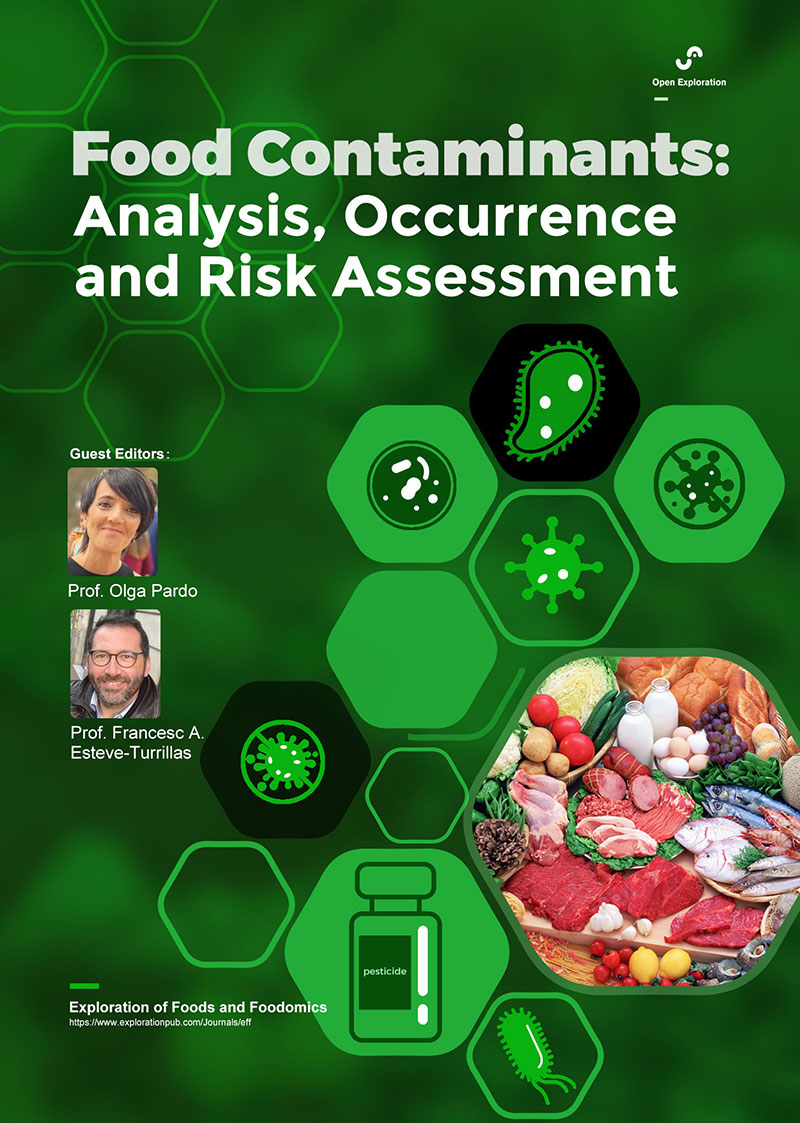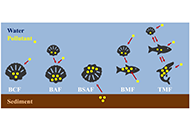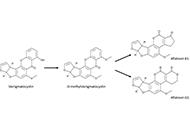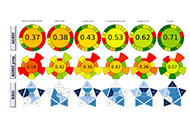-
 Special Issue Topic
Special Issue TopicFood Contaminants: Analysis, Occurrence and Risk Assessment
Submission Deadline: September 02, 2025Guest Editors
Olga Pardo E-Mail
Department of Analytical Chemistry, University of Valencia, 50th Dr. Moliner St., 46100 Burjassot, Spain
Research Keywords: food safety; analytical chemistry; chromatography; mass spectrometry; method development; risk assessment; contaminants; human biomonitoring
Francesc A. Esteve-Turrillas E-Mail
Department of Analytical Chemistry, University of Valencia, 50th Dr. Moliner St., 46100 Burjassot, Spain
Research Keywords: analytical chemistry; food safety; chromatography; mass spectrometry; immunoassays; pesticide and drug analysis; extraction techniques
About the Special Issue
Food contaminants, as defined in the regulation of the European Commission nº 315/93, are substances that are unintentionally added to food and may be present in food as a result of various stages of its production, processing or transport. Furthermore, they can also arise from environmental contamination.
Human exposure to food contaminants can lead to acute or chronic health problems, such as organ damage, developmental disorders, and an increased risk of cancer. Given the potential dangers associated with these substances, strict regulations are needed to ensure the safety of the food supply. In an effort to enhance food safety and protect consumer health, the new regulation of the European Commission, nº 915/2023, establish maximum levels in both animal and plant-based foods relating to mycotoxins, vegetable toxins, metals, halogenated persistent organic pollutants (such as dioxins and polychlorinated biphenyls, perfluoroalkyl substances…) or process contaminants, among others. These limits are established based on rigorous risk assessments and take into account factors such as toxicity, exposure levels, and vulnerable population groups. However, the generation of new data results in an ever-changing landscape of regulatory standards that need to be continuously adapted to in order to ensure that foods remain compliant with the current regulations.
The proposed special issue is aimed to address different perspectives related with i) the development of new analytical methodologies for monitoring contaminants in food, ii) research that provides information on the occurrence of food contaminants, and iii) risk assessment results.
Keywords: food safety; (emerging) contaminants; occurrence data; exposure; risk assessment
Call for Papers
Published Articles
 Bioaccumulation of environmental pollutants and marine toxins in bivalve molluscs: a reviewOpen AccessReviewSeafood is both nutritionally and economically significant, with bivalve molluscs being particularly valuable for monitoring environmental pollutants due to their filter-feeding nature and ability t [...] Read more.Clara Ochoa-Esteso ... María Jesús Lerma-GarcíaPublished: December 03, 2024 Explor Foods Foodomics. 2024;2:788–809
Bioaccumulation of environmental pollutants and marine toxins in bivalve molluscs: a reviewOpen AccessReviewSeafood is both nutritionally and economically significant, with bivalve molluscs being particularly valuable for monitoring environmental pollutants due to their filter-feeding nature and ability t [...] Read more.Clara Ochoa-Esteso ... María Jesús Lerma-GarcíaPublished: December 03, 2024 Explor Foods Foodomics. 2024;2:788–809
DOI: https://doi.org/10.37349/eff.2024.00062 Analytical methodologies for the determination of sterigmatocystin in food and current concentration levelsOpen AccessReviewSterigmatocystin (STE) is a possible human carcinogenic compound (2B) according to the International Agency for Research on Cancer classification. Structurally, STE is a precursor to aflatoxins, sha [...] Read more.Olga Pardo, Francesc A. Esteve-TurrillasPublished: November 18, 2024 Explor Foods Foodomics. 2024;2:687–706
Analytical methodologies for the determination of sterigmatocystin in food and current concentration levelsOpen AccessReviewSterigmatocystin (STE) is a possible human carcinogenic compound (2B) according to the International Agency for Research on Cancer classification. Structurally, STE is a precursor to aflatoxins, sha [...] Read more.Olga Pardo, Francesc A. Esteve-TurrillasPublished: November 18, 2024 Explor Foods Foodomics. 2024;2:687–706
DOI: https://doi.org/10.37349/eff.2024.00059 Sustainability assessment in food analysis: the application of Green Analytical Chemistry tools to phthalate residue analysis in edible oilsOpen AccessShort CommunicationEdible oils are essential in daily diet due to their high contribution of fatty acids, fat-soluble vitamins, and triglycerides. During the processes of growing, processing, storage, transport, or pa [...] Read more.Daniel Gallart-MateuPublished: November 12, 2024 Explor Foods Foodomics. 2024;2:651–658
Sustainability assessment in food analysis: the application of Green Analytical Chemistry tools to phthalate residue analysis in edible oilsOpen AccessShort CommunicationEdible oils are essential in daily diet due to their high contribution of fatty acids, fat-soluble vitamins, and triglycerides. During the processes of growing, processing, storage, transport, or pa [...] Read more.Daniel Gallart-MateuPublished: November 12, 2024 Explor Foods Foodomics. 2024;2:651–658
DOI: https://doi.org/10.37349/eff.2024.00056 -
-
Ongoing Special Issues
-
Completed Special Issues